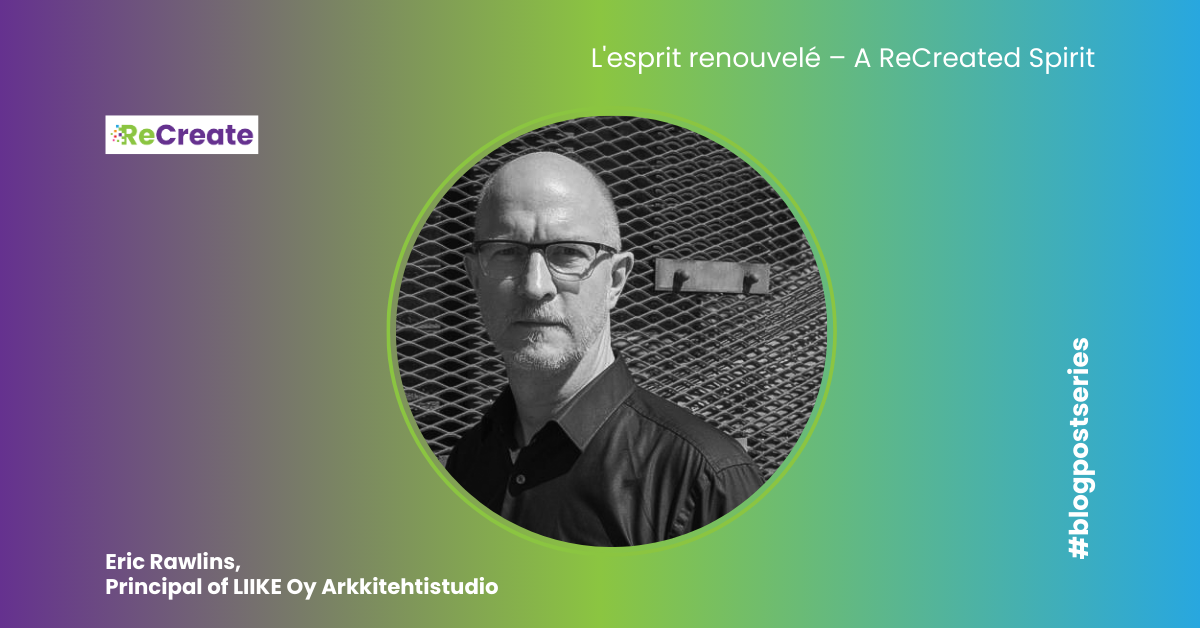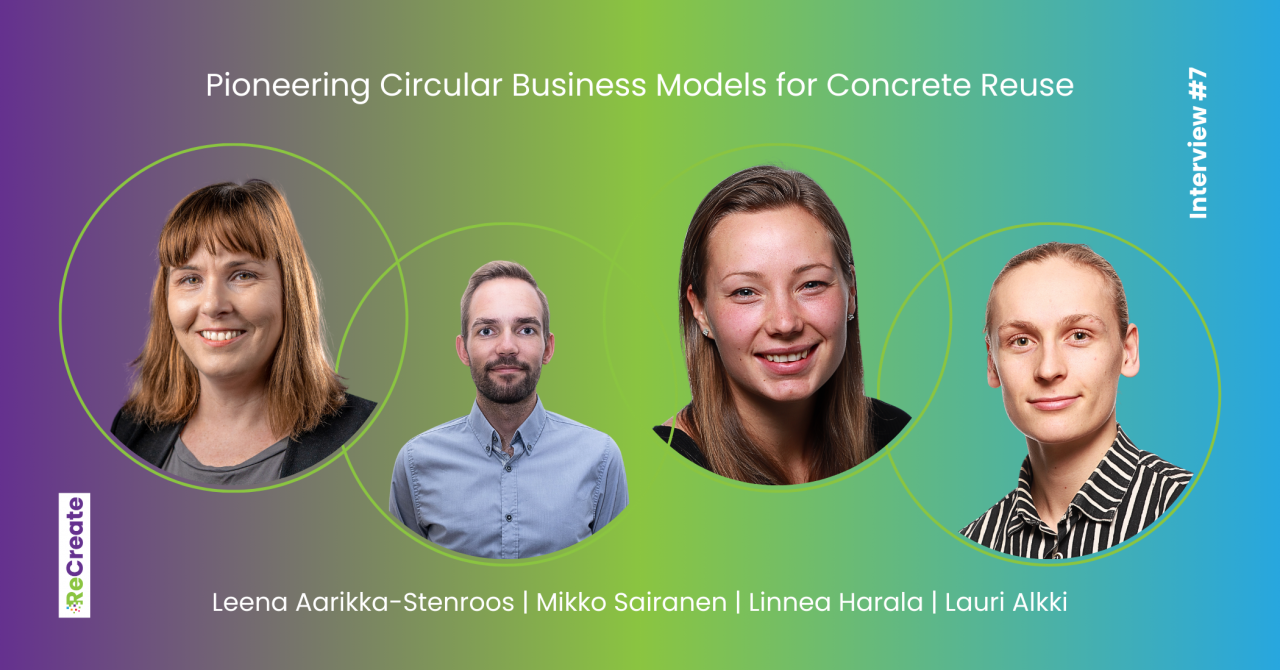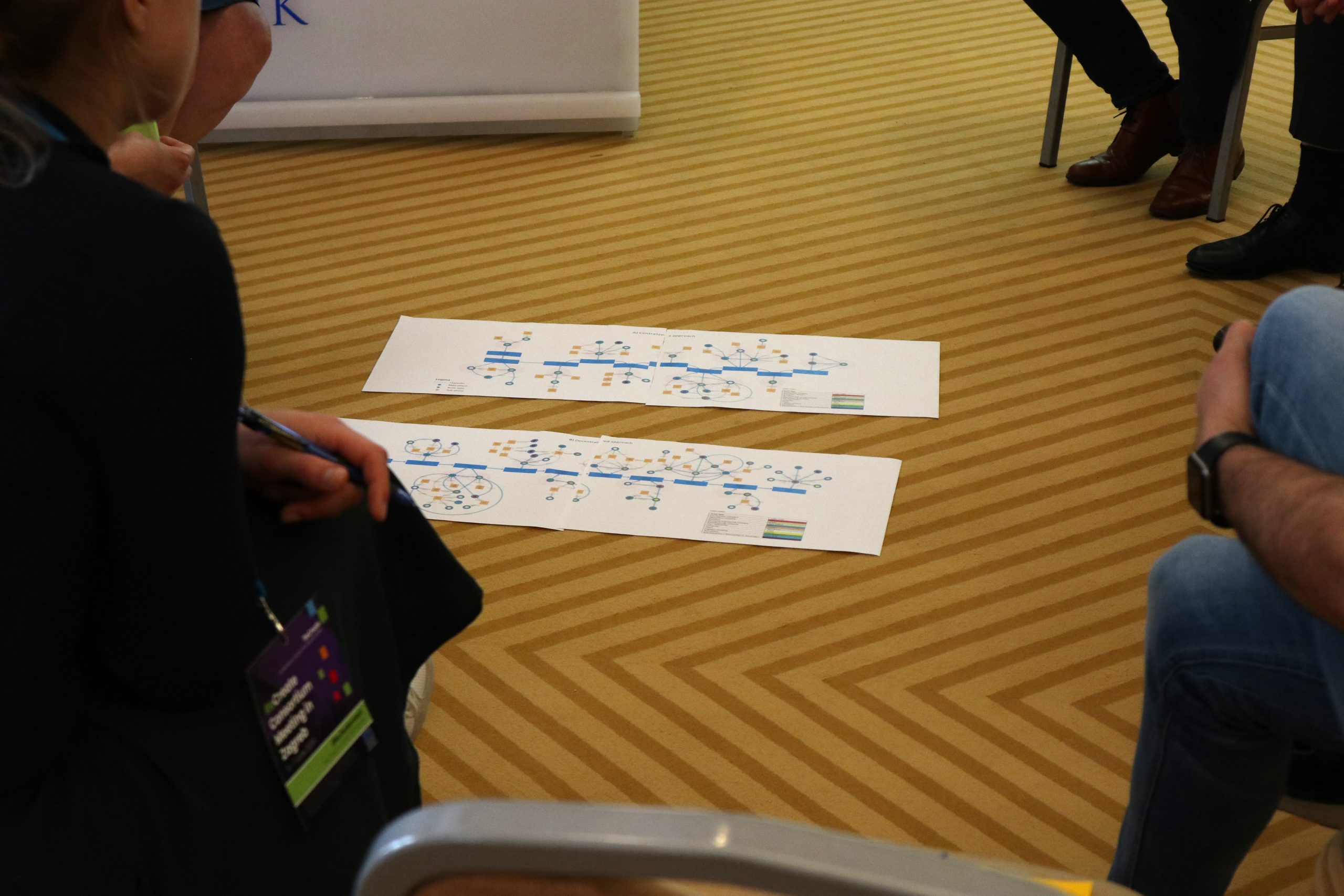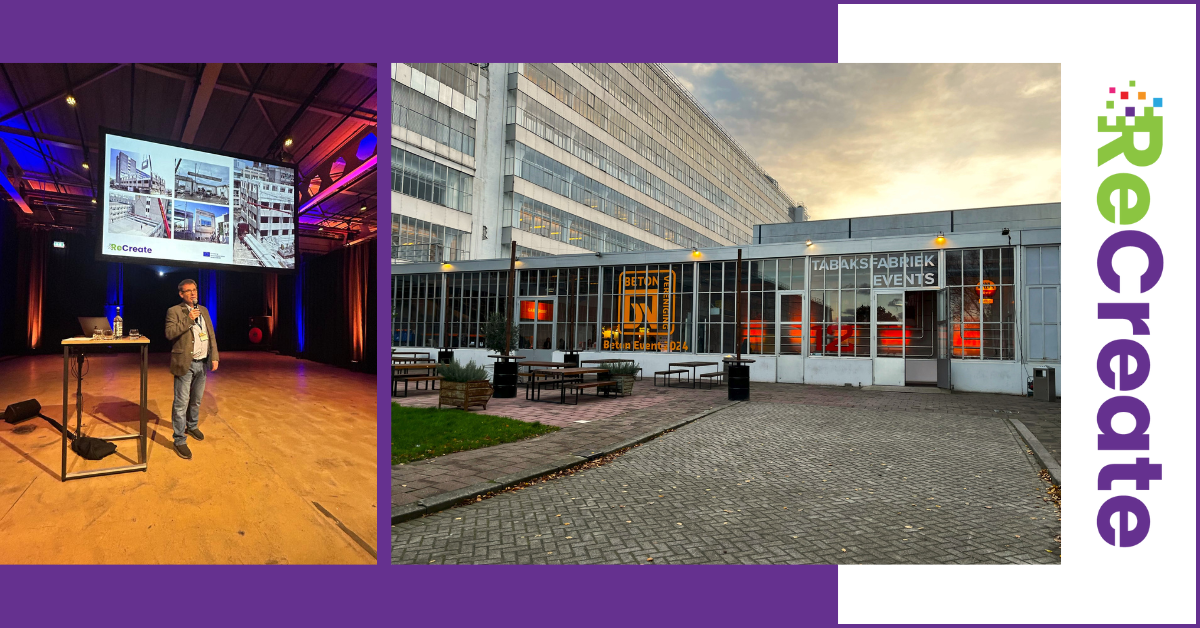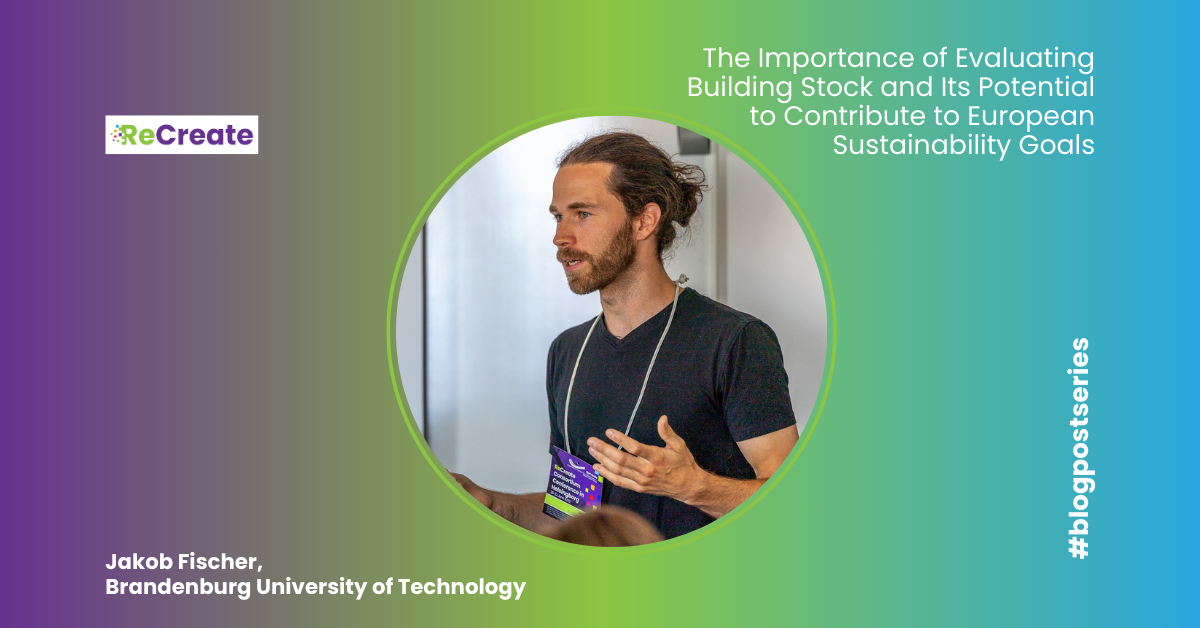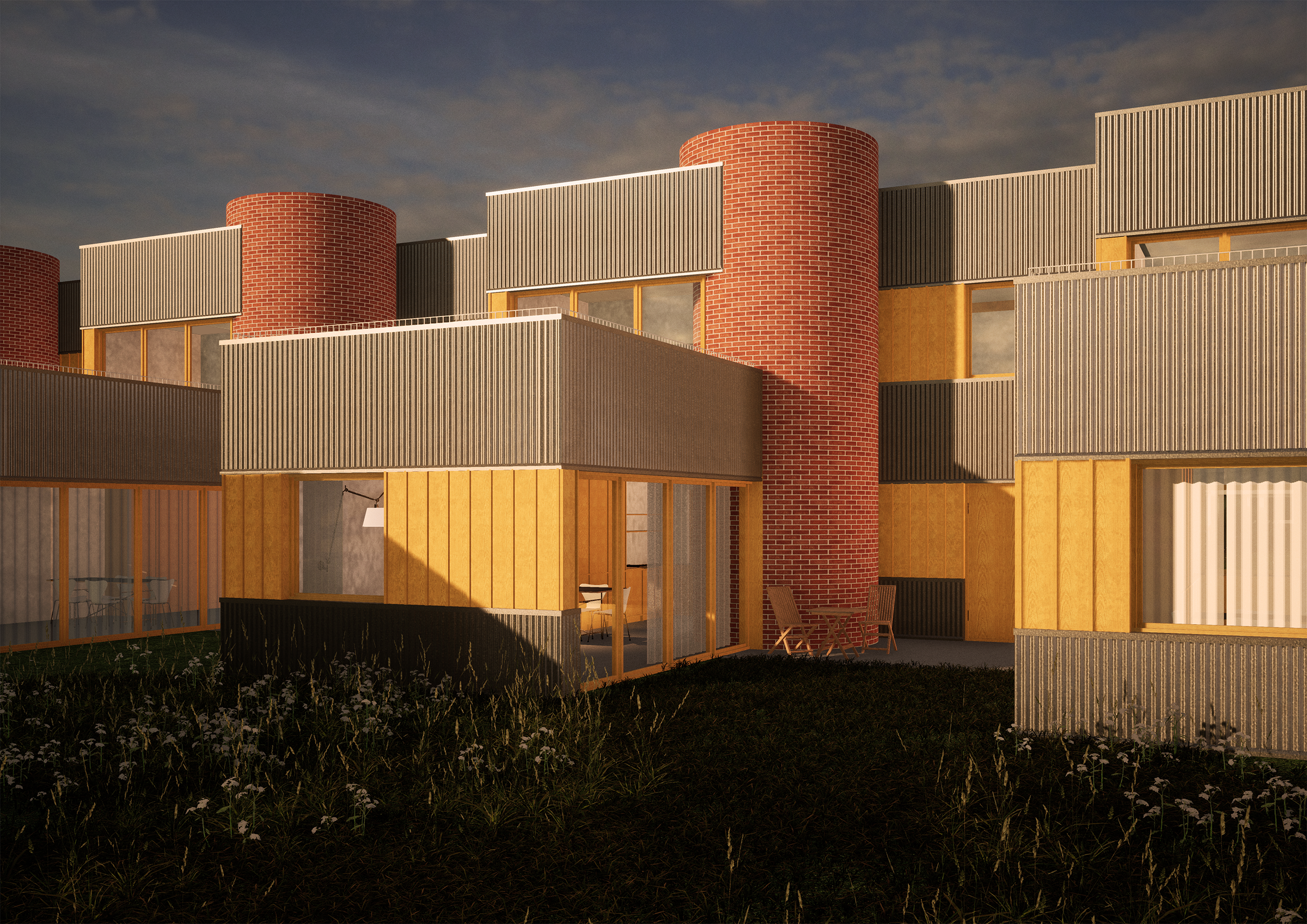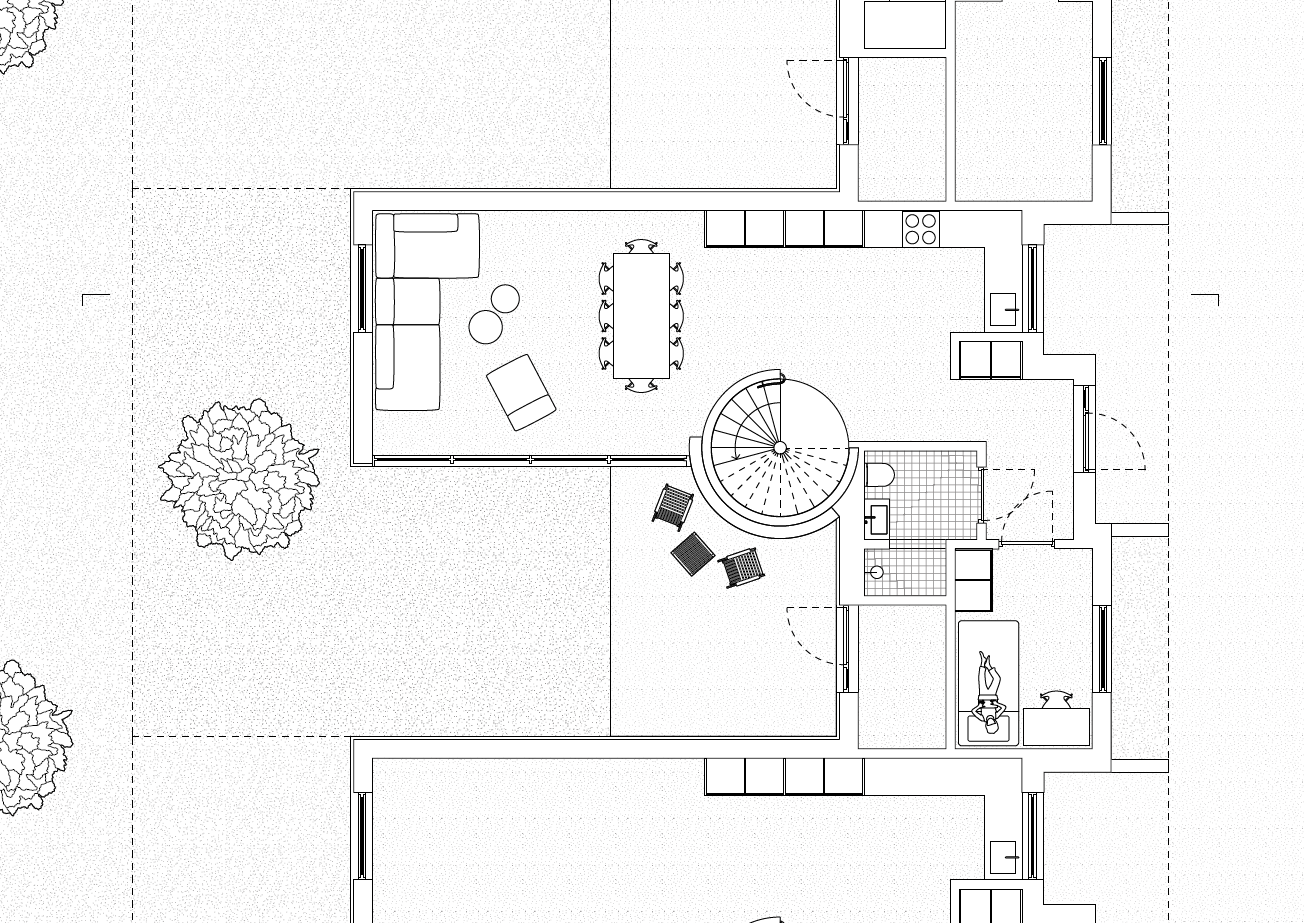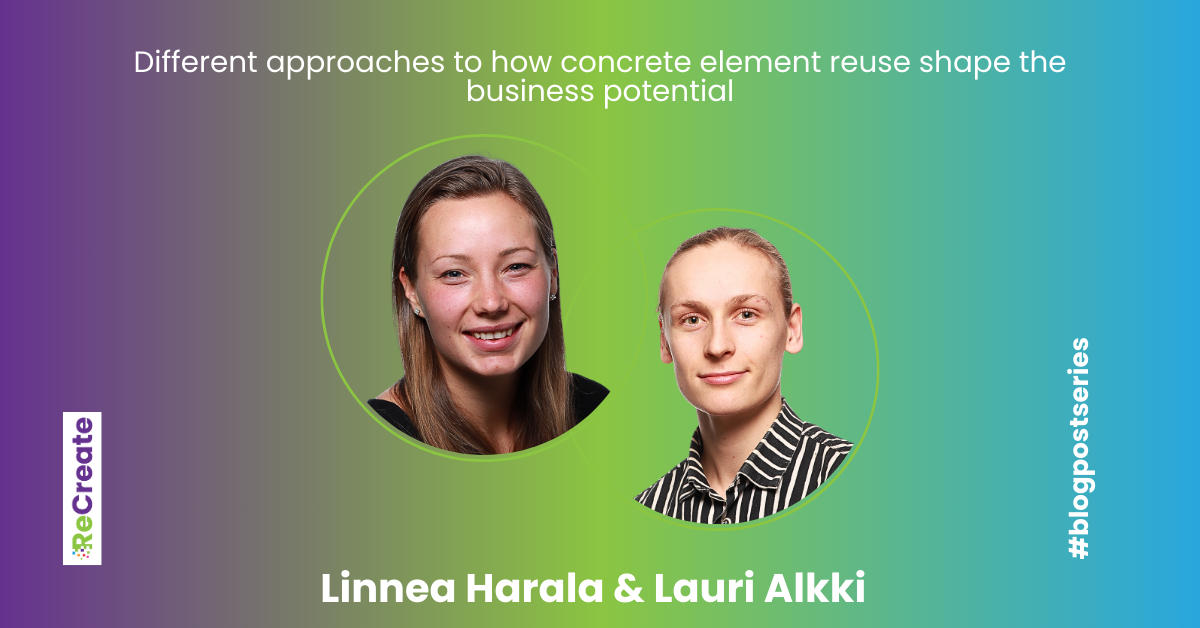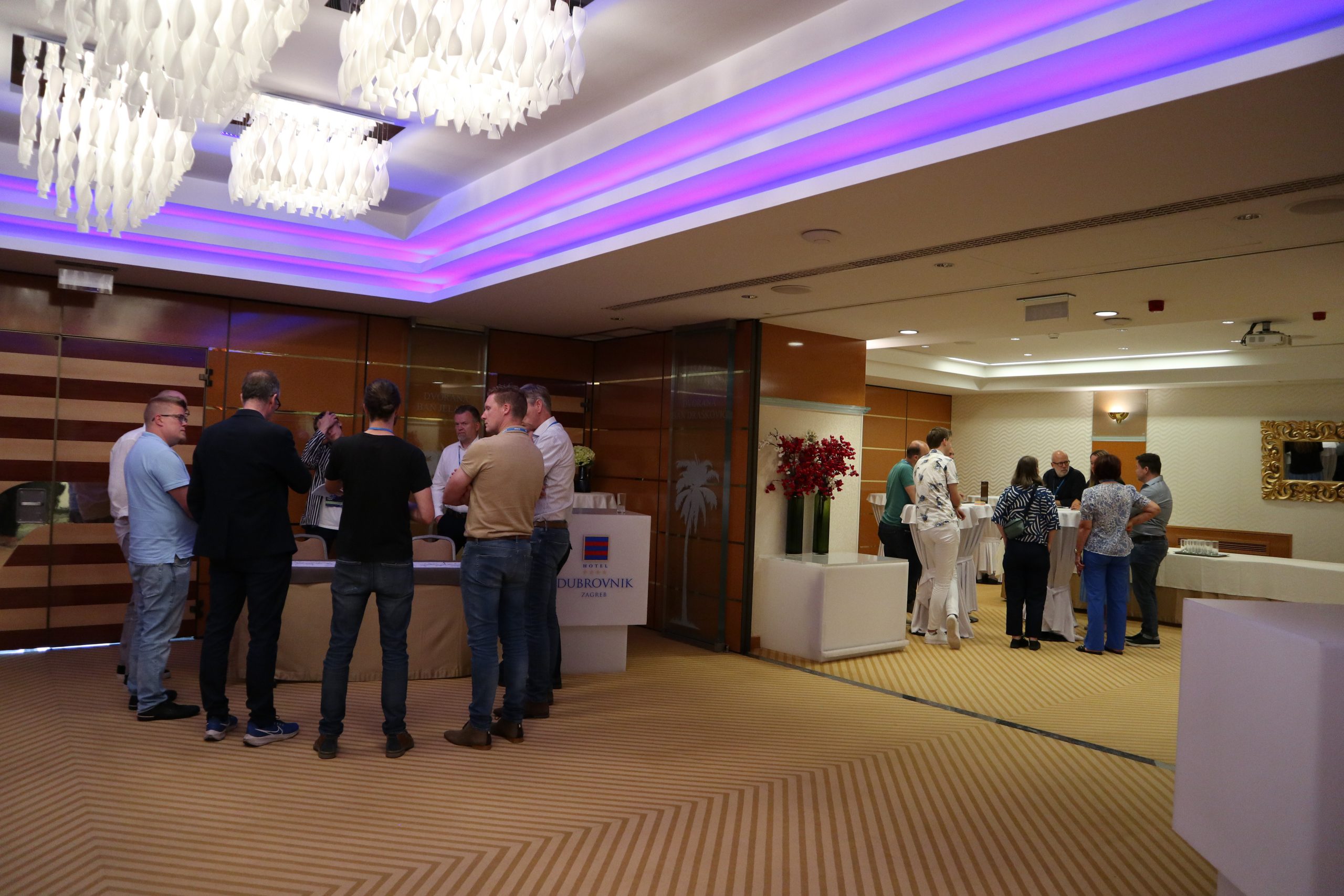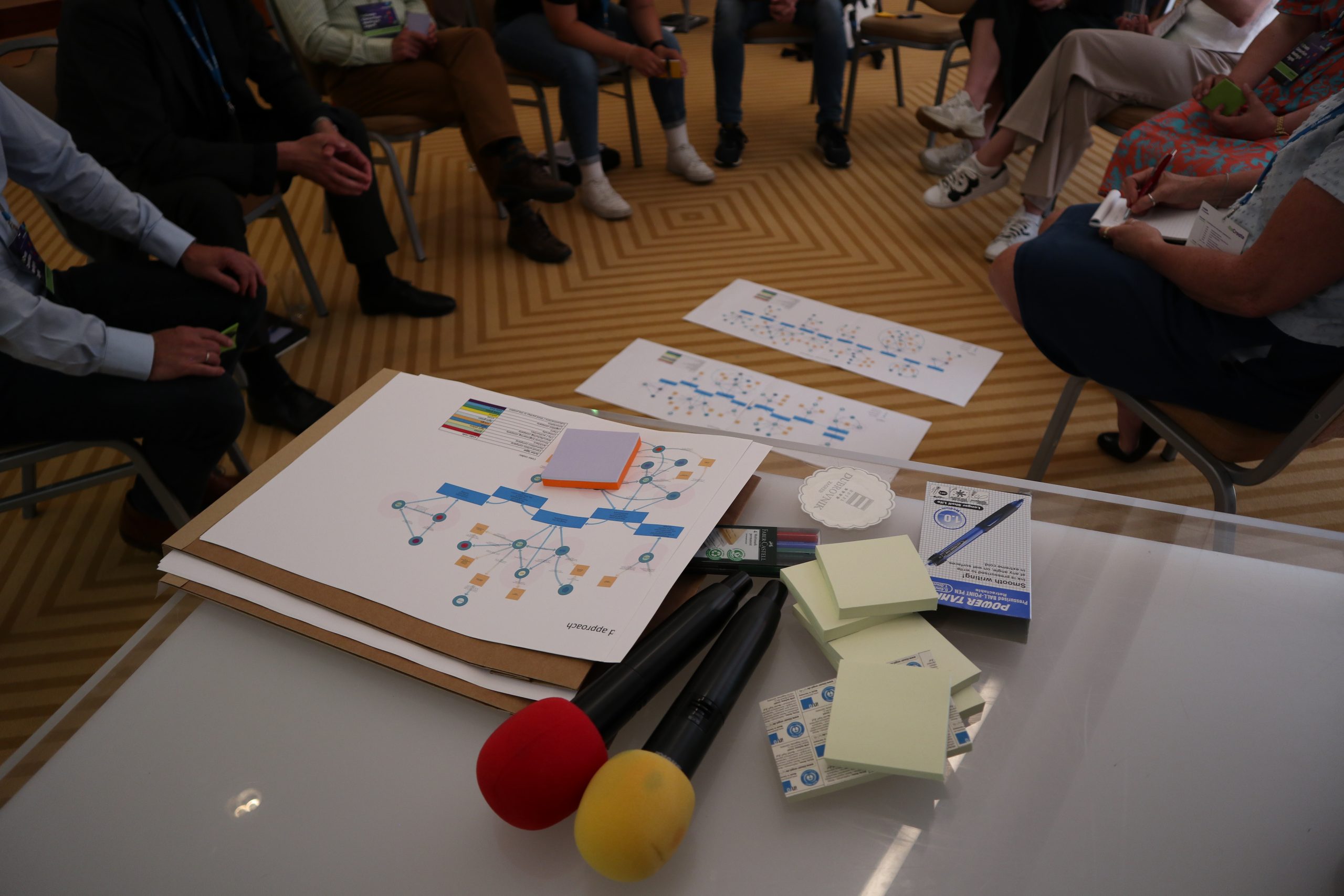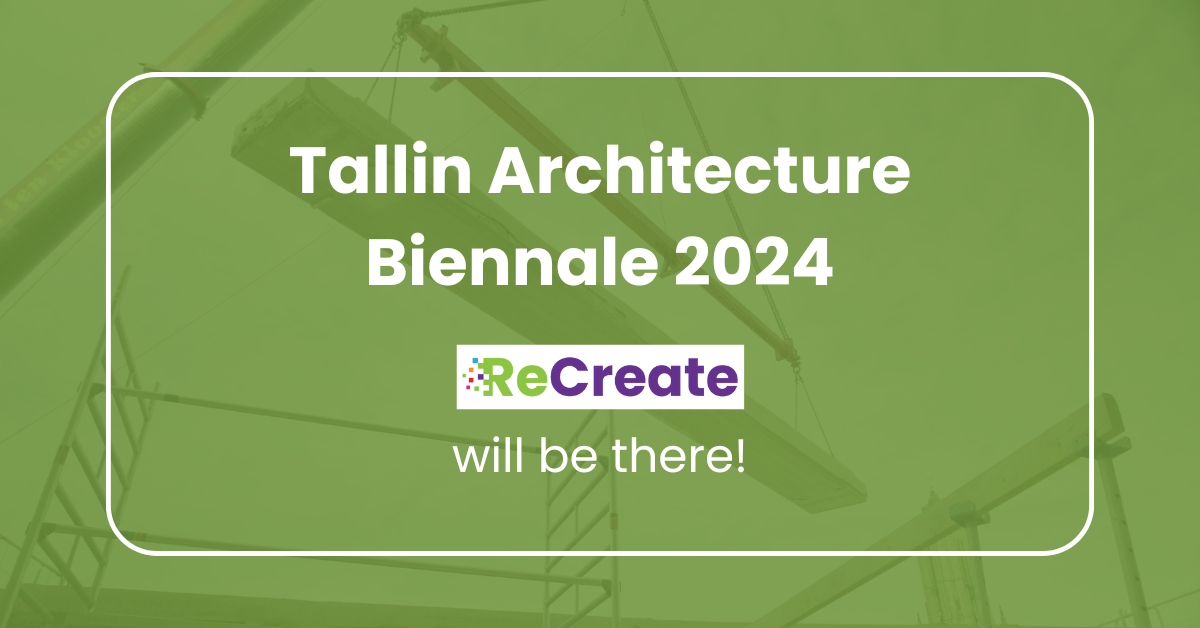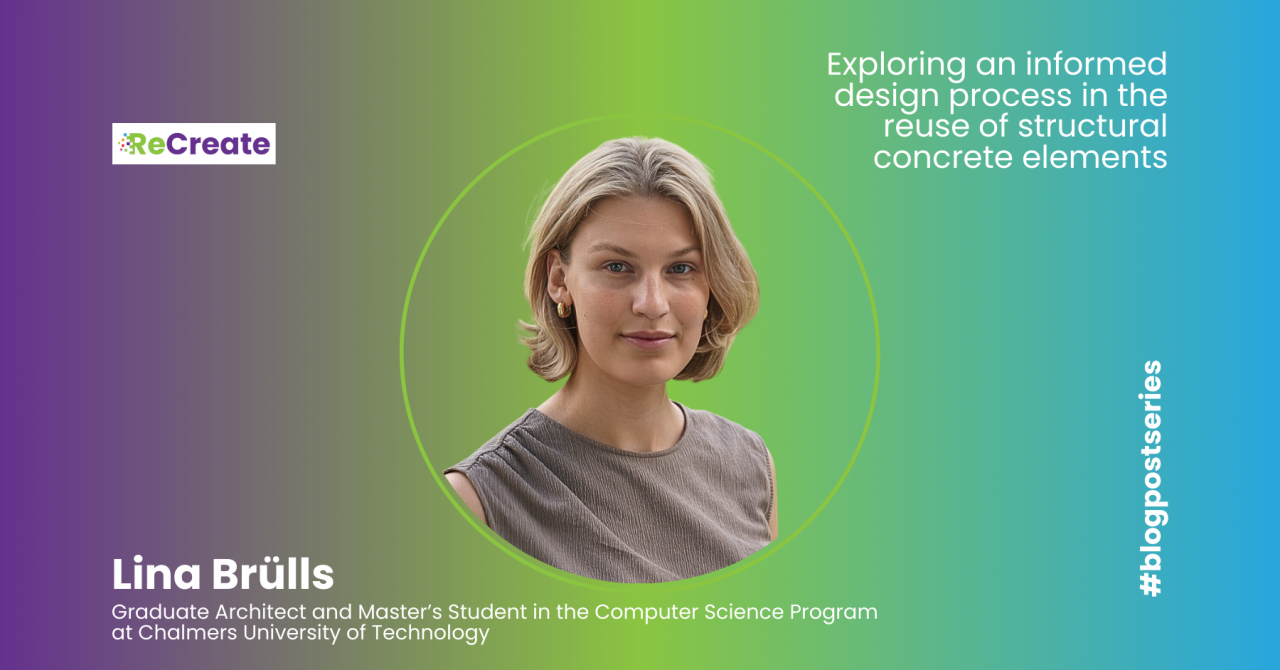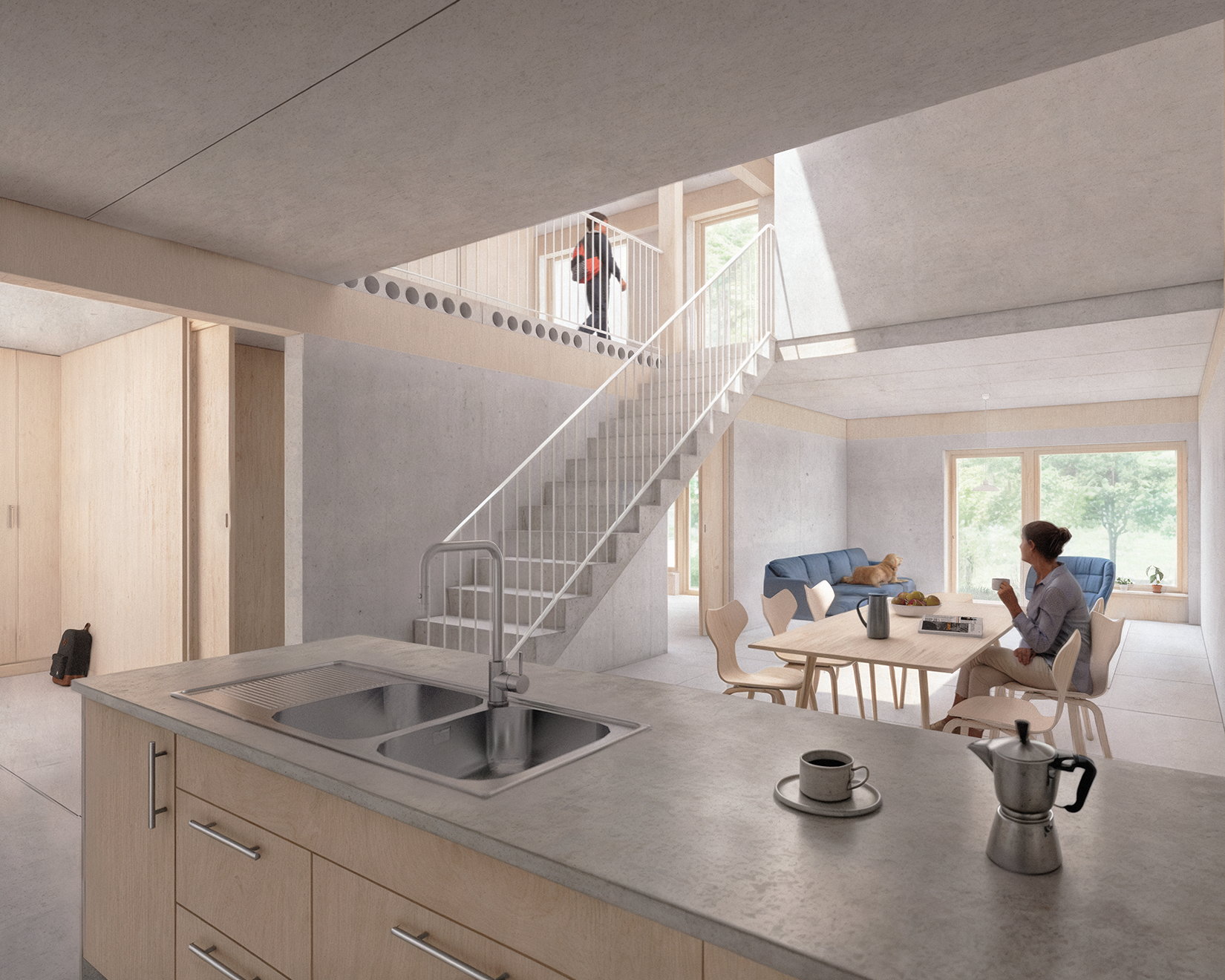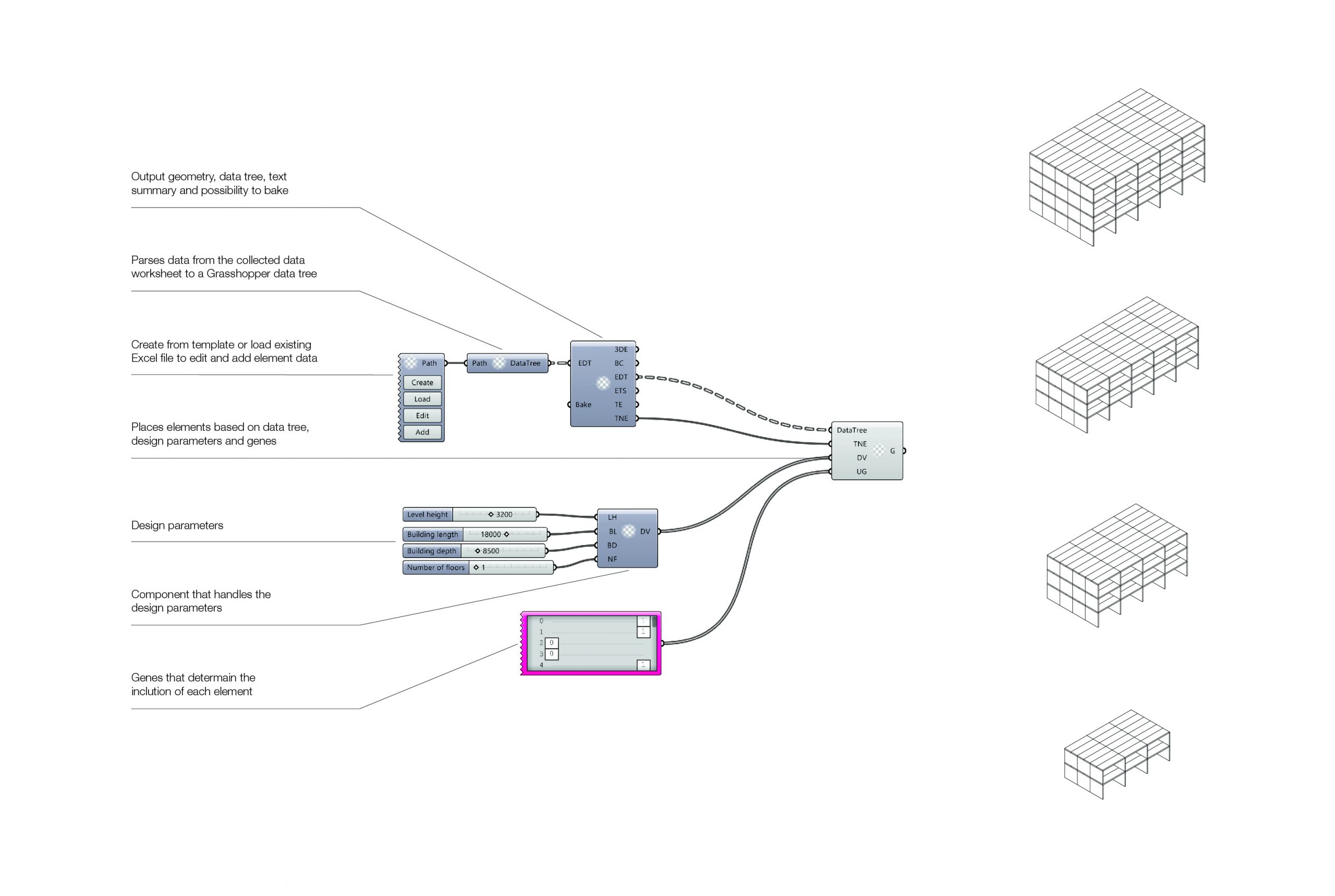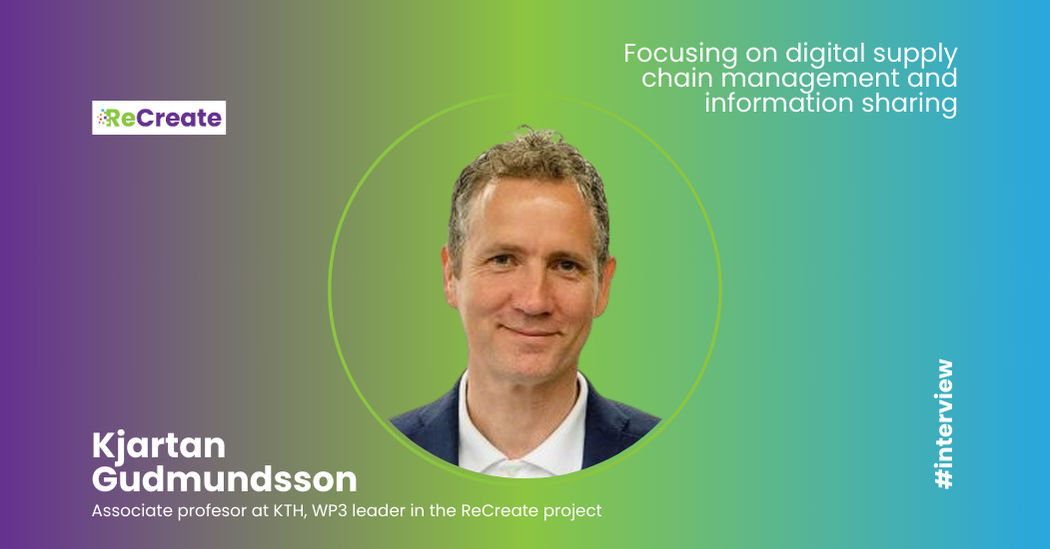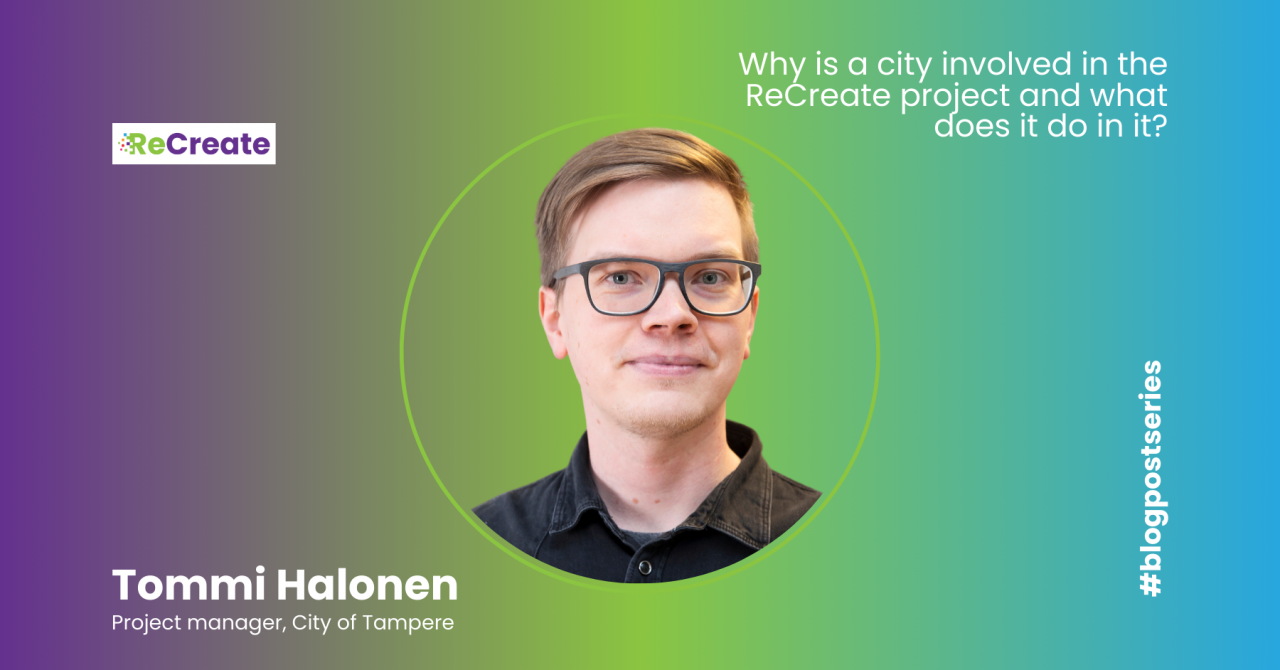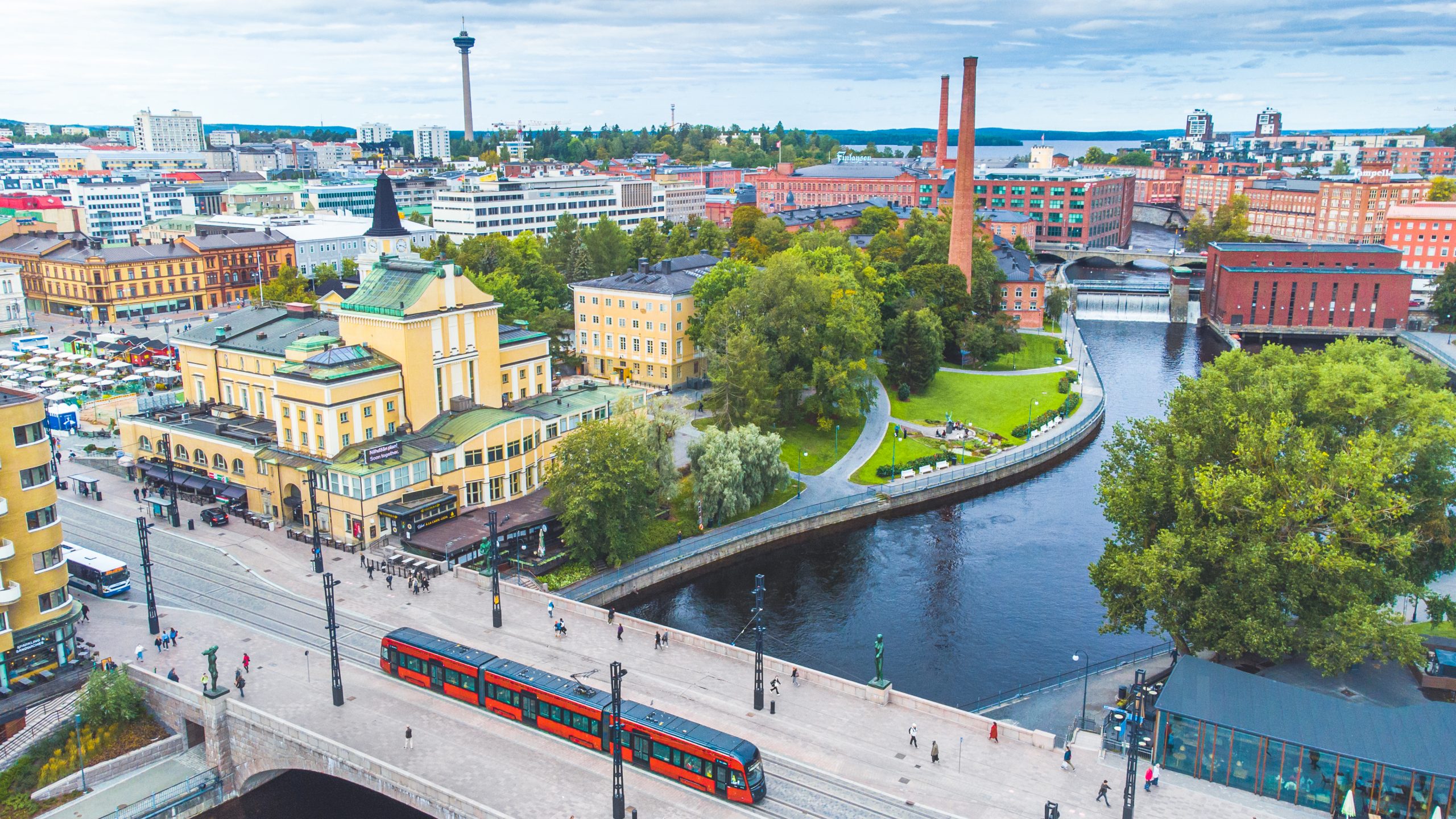An essay on a circular design by the Principal of LIIKE Oy Arkkitehtistudio, Eric Rawlins.
I recently posted a graph on social media displaying the percentage of recycled material used in construction across EU member states. Finland places second but last, with only Romania reusing less material in construction. Reactions were astounding, ranging from questioning the graphs’ depiction to demands to clarify what are the materials in question at all, to claims that circularity is a fringe issue since it isn’t linear, to how spot on this finding is, and how high a mountain we have to climb.
Finns are pragmatic, focusing often – pardon the pun – on concrete solutions rather than philosophical debates. To paraphrase Mies van der Rohe, “getting things done” is crucial, whereas pondering is not quite so.
Albeit that the ReCreate project is focused on technology, the practice of “getting things done”, in this case how to integrate refurbished materials into a linear practice, might be considered less of an end. After all, even at its most utilitarian construction is always a means to another end. While construction processes are often viewed as self-orienting, there are ultimately merely an end to a larger purpose. Subsequently, buildings are designed by architects for the purpose at hand, less than the construction technique available.
This forces us to consider what exactly are we attempting to achieve with the buildings we build, and why is a particular purpose justified, particularly in a circular future. If by definition we are motivated by a low-carbon world and premised by the availability of reusable material(s), should we not consider how necessary construction is in the first place? And then which purposes, solutions and outcomes can be considered acceptable?
Anticipating these changes suggests a transformation where architecture evolves from a service to a deeply analytical and creative act, subscribing value, creating purpose, and resolving outcomes within material constraints. The need to transition to a circular economy emerges from a century of change, pushing us to move away from 20th-century models and technologies. To relinquish what was, in favour of what should be.
ReCreate already indicates that partners and stakeholders are becoming increasingly aware of reuse as a viable and realistic solution for a sustainable future. Not to perhaps entirely replace the linear world, but offer a complimentary path. As communities grow increasingly aware of the environmental impacts of post-war growth, the integration of reused materials in construction is beginning to show as a route to the future. One increasingly resonates with younger generations less inclined to believe in the world views of post-war extractive regimes.
This paradigm shift also suggests a reinvention of design, building, financing, and regulatory practices, presenting opportunities in fields beyond the construction sector. Where traditionally people see waste, we see the literal and conceptual foundation for a shift in societal values, business models and design practices. Reusing precast concrete elements might not represent a leap for mankind, but it does represent a significant step towards circularity in construction.
Our preparatory design studies navigate some of the constraints and possibilities presented by the selection of concrete elements and structures, retrieved from the Finnish deconstruction pilot. The emphasis is to study how to create an architectural solution to a given layout, which remains as faithful as possible to an original new build solution. Even in early studies, we have identified promising design strategies aimed to explicitly display the refurbished elements, as well as defined lines of study regarding potential hybrid structures, which may lead to real-life solutions that most likely would not be considered otherwise.
Our aim is to use the constraint-driven condition to establish an architectural language that will visibly express the ethos of reuse and sustainability, and encourage a dialogue between the old and the new, where our pilot building tells a story of continuity and renewal.
While it is said that history does not repeat, it merely rhymes, one is tempted to see similarities between today’s world and the world of the avant-garde. Transitioning to circularity is a phase change. If history is any measure, employing deconstructed material is a new practice which will manifest as a reinterpretation of architecture. Just as in the early 20th century, societal and technological evolution manifested in the work of Le Corbusier, Mies van der Rohe and Alvar Aalto resulting in a new architecture as a concrete outcome, a societal construct and a value expression, it would only seem only logical to expect something similar from the Green Transition.
In this case the use of refurbished concrete represents more than a technical solution to environmental challenges—it becomes a manifesto for societal change, literally embodied in the structures we inhabit. By reevaluating how we build and what materials we use, we can instigate a profound shift in values, business practices, and architectural design.
Our take on circularity in construction is one where, respecting what we have, our maxim becomes: Function Adapts to Form. To quote Alvar Aalto:
“Nothing old is born again. But it doesn’t go away completely either. And what once was will always be again in a new form.”
Eric Rawlins
Architect
Principal
LIIKE Oy Arkkitehtistudio

Figure caption: Reusing building material from the existing stock is first and foremost an opportunity. (Photo: Tampere University / Heikki Vuorinen)

